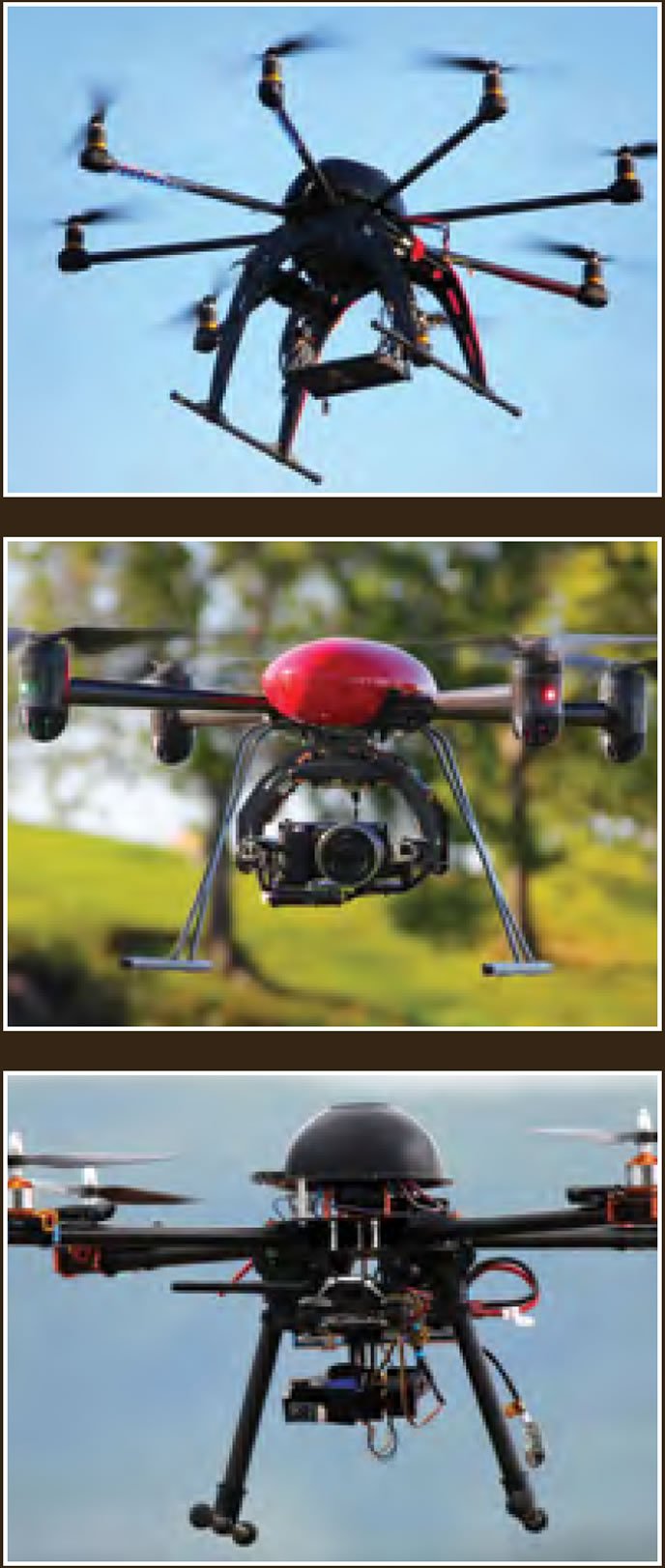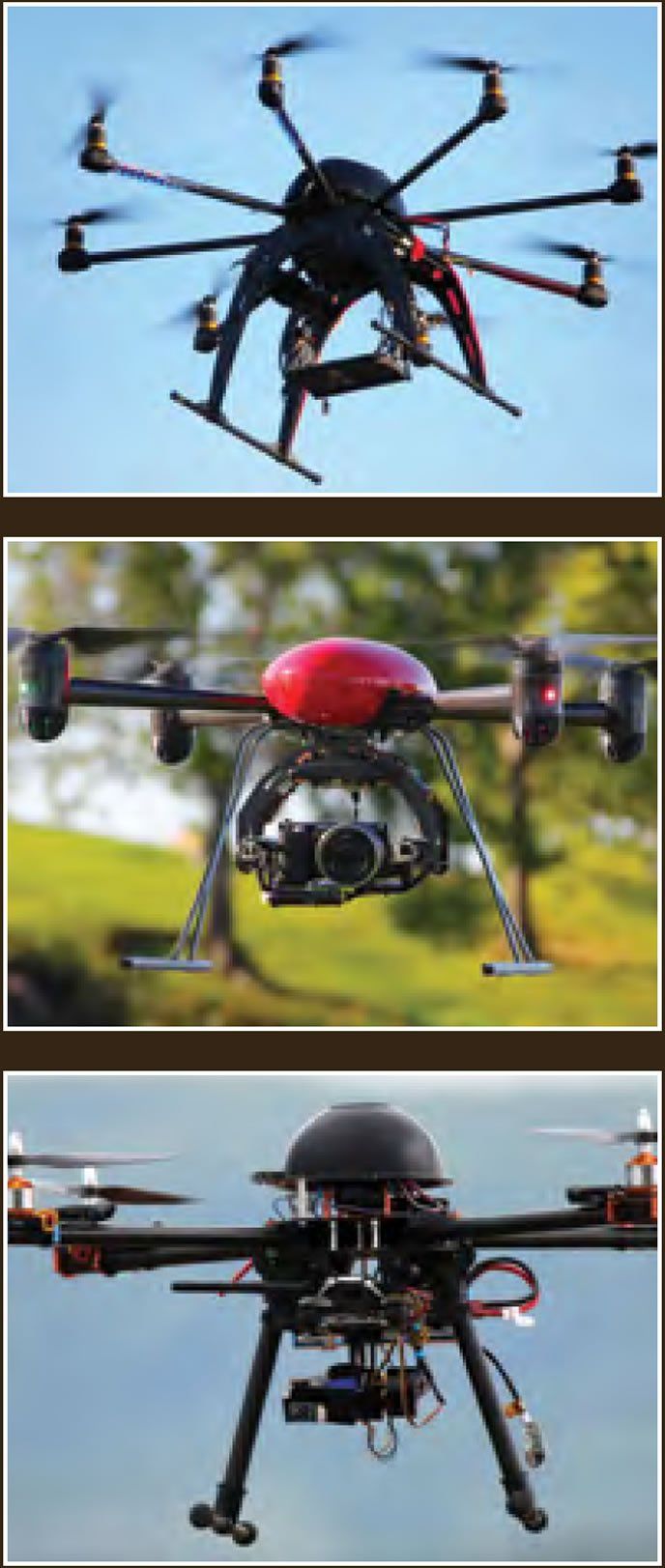Minimums/Maximums
– Small unmanned aircraft systems (sUAS) must weigh less than 55 lbs. (25 kg).
– Maximum airspeed of 100 mph (87 knots), maximum altitude of 500 feet agl.
– Minimum weather visibility of three miles from control station.

See and avoid
– The sUAS must remain within visual line-of-sight of the operator or visual observer. A first-person view camera cannot satisfy “see-and-avoid” requirement.
– An sUAS may not be operated over any persons not directly involved in the operation.
– Daylight-only operations (official sunrise to official sunset, local time).
– Must yield right-of-way to other aircraft, manned or unmanned.
Controlled Airspace
– No sUAS operations in Class A airspace, but allowed within Class B, C, D and E airspace with the required ATC permission.
– Operations in Class G airspace are allowed without ATC permission.
Aircraft/airworthiness certification
– FAA airworthiness certification not required.
– Operator must maintain sUAS in condition for safe operation and conduct pre-flight inspection.
– Aircraft registration required as it applies to all other aircraft, except markings to be displayed in the largest practicable manner.
Operator Requirements
– Be at least 17 years old.
– Pass an initial aeronautical knowledge test at an FAA-approved knowledge testing center, pass a recurrent test every 24 months and be vetted by the TSA.
– Hold an unmanned aircraft operator certificate with a small UAS rating (like existing pilot airman certificates, never expires).
– Report to the FAA within 10 days any accident resulting in injury or property damage.




